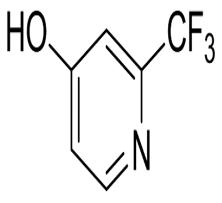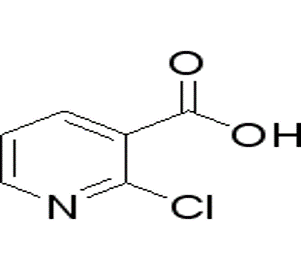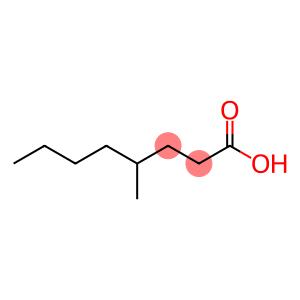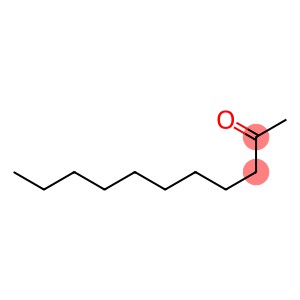2-(Trifluoromethyl)pyridin-4-ol(CAS# 170886-13-2)
2-(Trifluoromethyl)pyridin-4-ol(CAS# 170886-13-2) Introduction
-Appearance: Colorless liquid.
-Melting point: 13-14 ° C.
-Boiling point: 118 ° C.
-Density: 1.46 g/mL.
-Solubility: Soluble in some organic solvents, such as ethanol, ether and dichloromethane.
Use:
- 2-(trifluoromethyl)pyridin-4(1H)-one is commonly used as an intermediate in organic synthesis. It can be used to synthesize various drugs, pesticides, dyes and other organic compounds.
-It can also be used as a ligand of the catalyst to participate in the catalysis of organic synthesis reactions.
Method:
2-(trifluoromethyl)pyridin-4(1H)-one can be synthesized by the following steps:
1. 2-pyridinecarboxylic acid reacts with trifluoromethyl chloride (CF3Cl) under basic conditions to give 2-trifluoromethyl-4-pyridinecarboxylic acid.
2. Use acid hydrolysis or reduction reaction to convert 2-trifluoromethyl-4-picolinic acid into 2-(trifluoromethyl)pyridin-4(1H)-one.
Safety Information:
- 2-(trifluoromethyl)pyridin-4(1H)-one has low toxicity, but it is still necessary to pay attention to safe operation and comply with relevant laboratory operation specifications and personal protective measures.
-Avoid contact with skin, eyes or respiratory tract to avoid irritation or injury.
-Good ventilation conditions should be maintained during use to prevent the accumulation of gas or steam.
-Avoid contact with strong oxidants and acids during storage and handling to prevent possible dangerous reactions.
-When handling this compound, local safety regulations and regulations should be observed.








